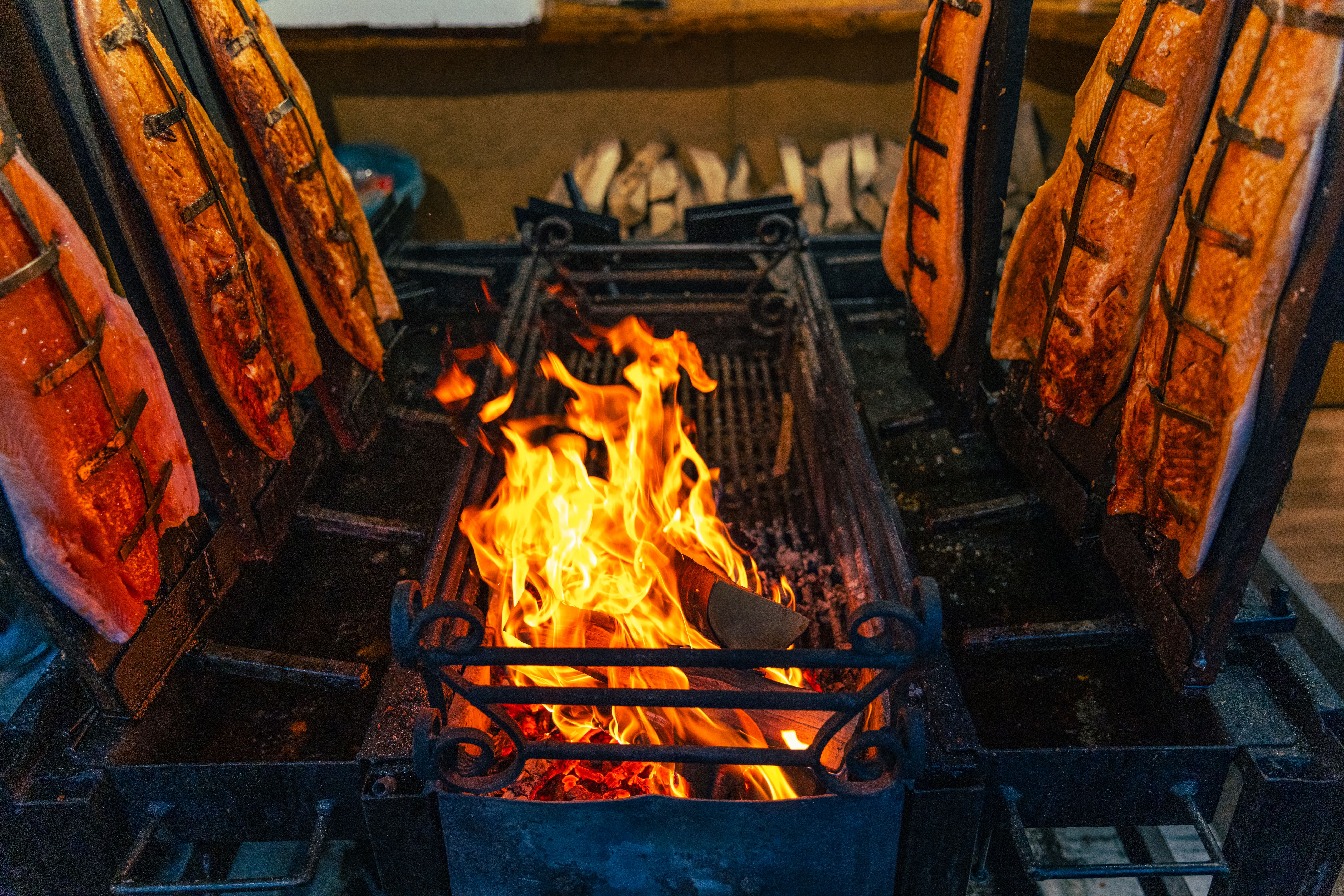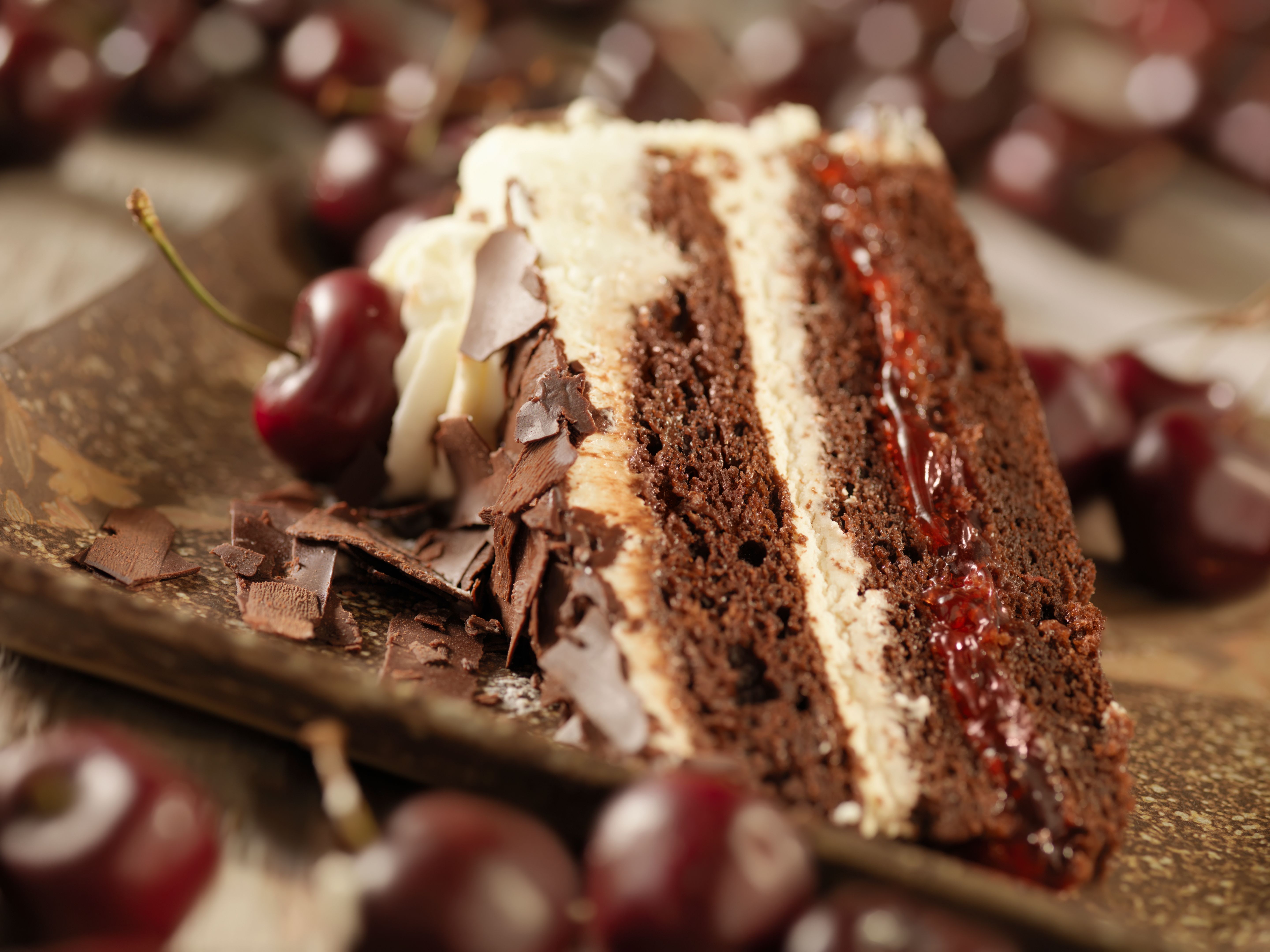Exploring the Rich Flavors of German Cuisine
Introduction to German Cuisine
Germany is renowned for its rich culinary heritage that goes beyond the ubiquitous bratwurst and sauerkraut. This diverse cuisine is a reflection of the country's varied landscape, regional traditions, and a history that spans centuries. From hearty meals to delicate pastries, German cuisine offers a delightful exploration for any food enthusiast.
Regional Varieties
Each region in Germany boasts its own distinct flavors and specialties. In the north, fish dishes like Matjes (pickled herring) are popular, while the south is celebrated for its meaty offerings such as Schweinshaxe (pork knuckle). Central Germany is known for its diverse bread culture, featuring an array of dark and dense breads that are a staple at every meal.
Bavaria, perhaps the most internationally recognized region, is famous for its hearty meals and beer culture. Here, dishes like pretzels, sausages, and the iconic Bavarian roast pork with dumplings are commonly enjoyed.
Staple Ingredients
German cuisine relies heavily on a few staple ingredients that appear in countless dishes. Potatoes, cabbage, and pork are ubiquitous, often combined in various forms to create comforting meals. Potatoes can be found boiled, mashed, or fried as Bratkartoffeln, while cabbage is commonly used in dishes like the fermented favorite, sauerkraut.

Traditional Dishes
Among the most famous German dishes is Sauerbraten, a pot roast marinated in a mixture of vinegar or wine and spices. This dish exemplifies the German love for slow-cooked meals that are rich in flavor. Another beloved dish is Schnitzel, a breaded and fried meat cutlet that is both simple and satisfying.
For those with a sweet tooth, desserts like Black Forest Cake and Apple Strudel offer a taste of German indulgence. These desserts highlight the use of fresh ingredients and traditional baking techniques that have been passed down through generations.

The German Bread Culture
Bread plays an integral role in German cuisine, with an estimated 300 varieties available across the country. From dark rye breads to soft pretzels, bread is not just an accompaniment but often forms the basis of a meal. Germans take great pride in their baking heritage, with many families maintaining traditional recipes for generations.
Beverages: More than Just Beer
While Germany is indeed famous for its beer, there is a wide variety of beverages to explore. Riesling wines from regions like the Mosel Valley offer a refreshing alternative to beer. For non-alcoholic options, Apfelschorle, a mix of apple juice and sparkling water, is a popular choice among locals.

Conclusion
The flavors of German cuisine are as diverse as its landscapes, offering something for every palate. Whether you're indulging in a hearty meal or savoring a delicate pastry, each bite provides a glimpse into Germany's rich cultural tapestry. Exploring German cuisine is not just about tasting food; it's about experiencing a nation's history and traditions through its culinary creations.
